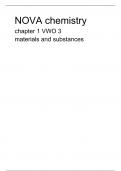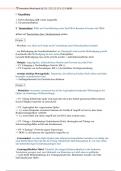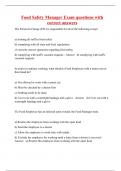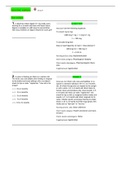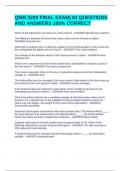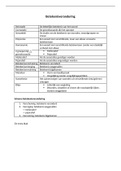Zusammenfassung
Summary NOVA chemistry chapter 1 VWO 3 materials and substances
- Kurs
- Level
In deze samenvatting gaat het over hoodstuk 1 van NOVA chemestry. Het hoofdstuk heet materials and substances en dat zie je er ook in terug. Het is echt de basis die je moet weten voor scheikunde. Daarom kan het ook handig zijn om als je al voorbij hoofdstuk 1 ben maar er niet zo veel van heb begr...
[ Mehr anzeigen ]
